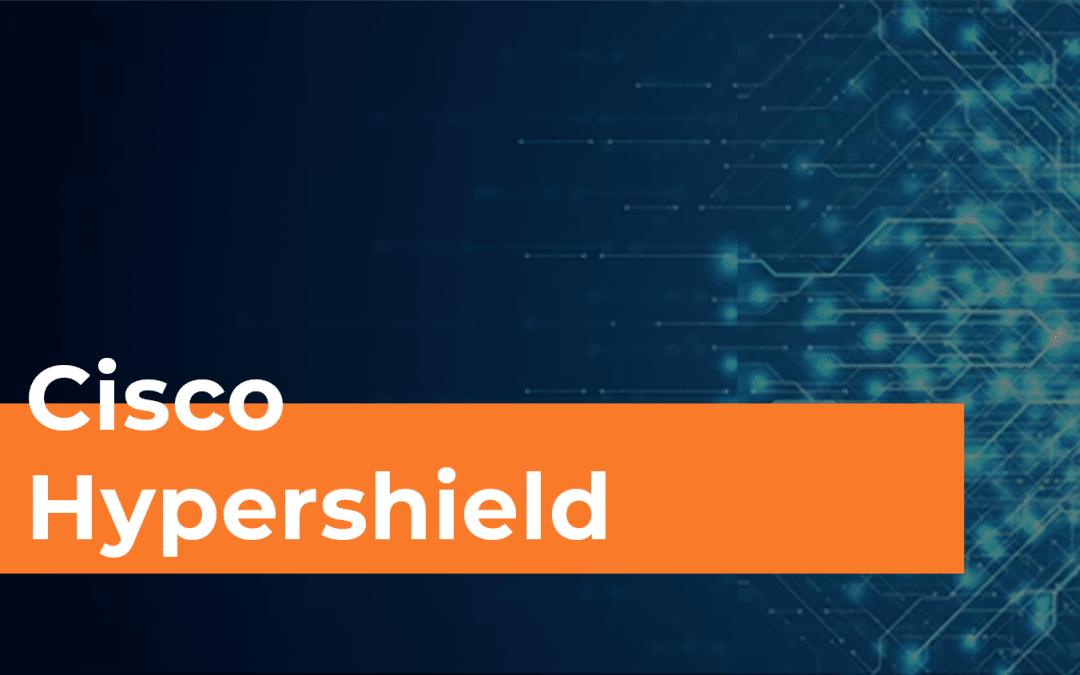Staying ahead of sophisticated cyber threats requires a comprehensive and unified approach, and this is where Cisco XDR (eXtended Detection and Response) emerges as a game-changer. Let’s delve into the key aspects that make XDR a critical element in cybersecurity defense.
1. All-Encompassing Telemetry Collection
XDR goes beyond traditional security solutions by collecting raw telemetry from various sensors across all environments. This holistic approach ensures that every corner of a customer’s system is under constant scrutiny, leaving no room for blind spots.
2. Analytics for Correlated Detections
XDR produces correlated and prioritized detections by applying advanced analytics to the collected evidence. This means that the system identifies potential threats and ranks them based on their severity and relevance, enabling security teams to focus on the most critical issues.
3. Guided Responses Across Multiple Planes
XDR facilitates guided responses across multiple security planes to address threats effectively. This integrated approach streamlines the response process and allows for a coordinated defense against complex attack sequences.
XDR vs EDR and NDR: Bridging the Gaps
While EDR (Endpoint Detection and Response) focuses on endpoints and NDR (Network Detection and Response) centers around networks, XDR casts a broader net, examining everything within a customer’s system. It addresses attack sequences that traverse email, DNS, local machines, and connections between devices, requiring a combination of email, DNS, endpoint, and visibility solutions.
XDR vs SIEM: Elevating Security Response
XDR surpasses traditional SIEM (Security Information and Event Management) solutions by collecting and prioritizing alerts. It is a productivity tool for SOC (Security Operations Center) teams, enabling them to detect threats sooner, extend asset context, and reduce investigation time.
For SMBs, XDR offers a cost-effective SIEM/SOAR environment, making enterprise-level detection and response accessible for organizations with limited resources. While SIEM is often seen as a compliance tool, XDR stands out as a dedicated security response solution.
Transforming Security Operations
XDR brings about several key outcomes for security operations:
- Detect Sooner: Identifying threats at an early stage.
- Extend Asset Context: Providing comprehensive information about assets.
- Prioritize by Impact: Focusing on high-impact threats.
- Reduce Investigation Time: Streamlining the investigative process.
- Accelerate Response: Responding swiftly to mitigate risks.
Full-Scale Integration and Cisco XDR Offerings
XDR offers full-scale integration across cloud, network, email, identity, firewall, and endpoint security. Telemetry sources include integrations, intelligence, remote workers, firewalls, public cloud, on-premises solutions, and APIs.
With 80+ integrations available, including security products, intelligence sources, and device managers, XDR ensures seamless collaboration between Cisco products and third-party solutions. The three tiers of Cisco XDR – Essentials, Advantage, and Premier – cater to diverse customer needs, combining XDR capabilities with integrations, Talos incident response, and technical security assessments.
Experience True Simplicity
Without XDR, a traditional SIEM model takes an average of 32 minutes to address an incident. With XDR, this time is drastically reduced to 5 minutes, showcasing the efficiency and simplicity it brings to cybersecurity operations.
The rise of XDR represents a significant step forward in defending against evolving cyber threats. Despite being in its early stages, XDR shows great promise for enhancing cybersecurity defenses. The increasing sophistication of AI-driven attacks underscores the urgent need for what XDR offers now more than ever.
XDR aims to simplify the tasks of Security Analysts, making threat detection and response more efficient. Even organizations without an internal Security Operations Center (SOC) or dedicated analysts can benefit from XDR. Port53’s Managed Detection and Response (MDR) service provides a solution for such organizations to access XDR capabilities.
Given the dynamic nature of modern threats, it’s clear that XDR adoption is inevitable. Taking action today to strengthen our defensive strategies is essential to prepare for the future.
Check out our Customer Platform


Redefining Network Protection: Cisco Hypershield
Traditional firewalls are no longer sufficient to protect against the sophisticated threats modern organizations face. Recognizing this, Cisco has introduced Cisco Hypershield, a groundbreaking security solution that promises to revolutionize network protection. With...


Recent Comments